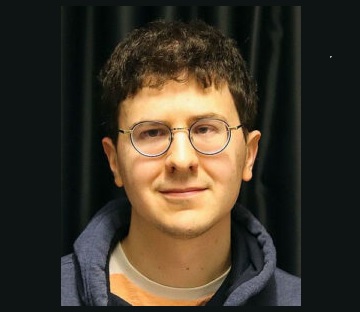Engineering anti-ferromagnetic domains in atomically thin magnet
Place : IRIG/SPINTEC, auditorium 445 CEA Building 10.05 (access to CEA requires an entry authorization. Request it before 28th at admin.spintec@cea.fr)
video conference (open access) : https://cnrs.zoom.us/j/95183444316?pwd=REInM406R35ZiQnVZVegz2qb4jIte2.1
Meeting ID: 951 8344 4316
Passcode: dE3EJu
Abstract : Since the first isolation of graphene in 2004, the field of Van der Waals (or 2D) materials has emerged as a significant area of interest in
condensed matter physics. Researchers have discovered various 2D crystals exhibiting metallic, semiconductor, and superconducting
properties, and more recently [1][2] with intrinsic magnetism. Among these newly found 2D magnets, CrSBr[3] stands out as being both an
anti-ferromagnet and a semi-conductor, on top of being one of the few 2D magnets stable under ambient conditions.
Our team in Basel uses NV center magnetometry [4][5] to image the magnetic properties of thin CrSBr flakes at the nanoscale. We discovered
that we could use the parts of a single flake with various thickness (2,3,4-layers etc.) to engineer magnetic textures in the flake. Notably, we
achieved the creation of anti-ferromagnetic domains in CrSBr bilayers through a method we refer to as “lateral exchange bias.”. This
demonstrates the first observation of anti-ferromagnetic domains in a 2D magnet, an important step for both fundamental physics and
potential applications in spintronics.
During my talk I will introduce the NV center magnetometer that we developed in Basel, as well as the concepts that allowed us to measure and
control the antiferromagnetic order in the flakes.
- B. Huang et al.: Nature 546, 270 (2017)
- C. Gong et al.: Nature 546, 265 (2017)
- K. Lee et al.: Nano Lett. 21, 3511 (2021)
- L. Thiel et al.: Science 364, 973 (2019)
- M. A. Tschudin et al.: Nat. Commun. 15, 1 (2024)

